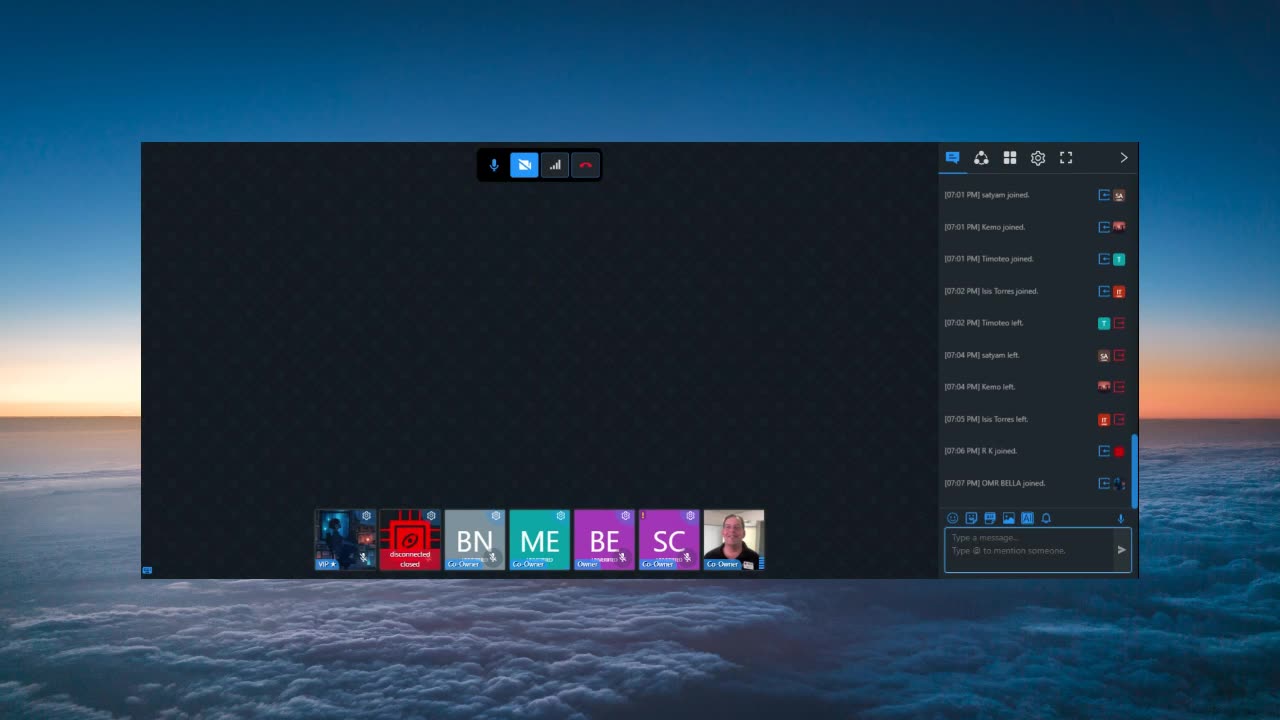Premium Only Content

FFI #3
FFI #3
An introduction typically includes several key components to effectively engage the audience and set the stage for the rest of the content:
Hook or Attention Grabber: Start with a compelling statement, question, anecdote, or statistic to capture the audience's interest and make them want to continue reading or listening.
Context or Background: Provide necessary context or background information to help the audience understand the topic or issue being discussed.
Thesis Statement: Clearly state the main point or purpose of your content. This tells the audience what to expect and helps them understand the focus of your work.
Scope or Outline: Briefly outline the main points or sections that will be covered in your content. This gives the audience a roadmap of what to expect and helps them follow your argument or narrative.
Transition: Transition smoothly from the introduction to the main body of your content. This can be a sentence or two that bridges the gap between the introduction and the next section.
Engagement: Engage the audience by encouraging them to think about the topic or issue in a new way, asking a thought-provoking question, or inviting them to share their own experiences or opinions.
Length: Keep the introduction concise and to the point. Aim to grab the audience's attention and provide enough information to set the stage for the rest of your content, but avoid going into too much detail or overwhelming the audience with information.
By including these components in your introduction, you can effectively engage your audience and prepare them for the rest of your content.
-
 2:05:48
2:05:48
Steven Crowder
4 hours ago🔴 Jordan Peterson, Joe Rogan, & The 'Woke Right': What is the Truth Behind it All?
212K209 -
 LIVE
LIVE
The Tom Renz Show
56 minutes agoThe Left’s Lies About Compassion & Faith
135 watching -
 LIVE
LIVE
Rebel News
39 minutes agoPoll skepticism, Brantford boomer drama, Peterson talks Rebel with Rogan | Rebel Roundup
534 watching -
 DVR
DVR
Neil McCoy-Ward
41 minutes ago⚠️ “Life Will Come To A Standstill” As 🇬🇧 British Economy About To PLUMMET!!!
2 -
 12:16
12:16
Cowboy Kent Rollins
6 days ago $0.04 earnedFried Onion Burger | Famous Oklahoma Fried Onion Burger Recipe
1694 -
 LIVE
LIVE
The Dilley Show
1 hour agoRFK Results, Trade War Cools and More! w/Author Brenden Dilley 04/23/2025
2,555 watching -
 1:14:43
1:14:43
The Rubin Report
2 hours agoJordan Peterson Makes Joe Rogan Go Quiet with This Chilling Warning for the ‘Right’
28.5K55 -
 DVR
DVR
Benny Johnson
2 hours ago🚨 Elon Musk Makes SHOCK Announcement About Future in Trump Admin | Klaus Schwab Under INVESTIGATION
33.6K70 -
 LIVE
LIVE
The Shannon Joy Show
3 hours ago🔥🔥Corruption At HHS Under RFK Jr? Explosive New Substack From Dr. Mary Talley Bowden Exposing How #MAHA Frontman Calley Means Plans To CASH IN On Leverage At HHS. With Special Guest - Major Tom Haviland!🔥🔥
380 watching -

Blockchain Basement
2 hours ago$94,000 Bitcoin MEGA PUMP! (Klaus Schwab To PRISON!)
1.23K4